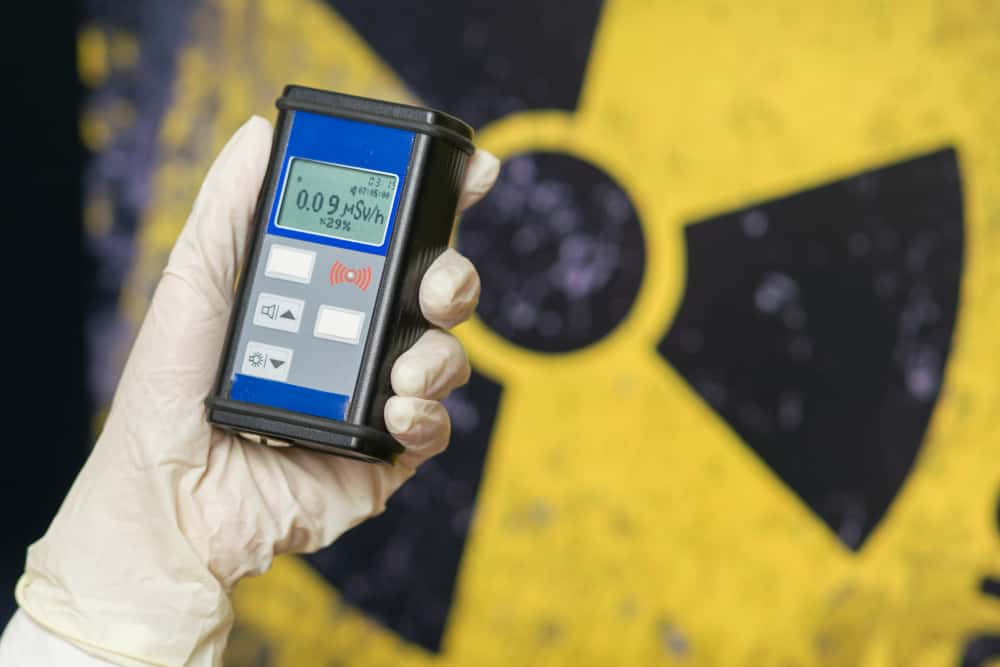In addition to providing advice on which equipment best suits your needs before purchase, Radsol can also source equipment on your behalf or advise you on the best supplier. We can also assist with ensuring your operation is using the most suitable equipment for your operations and meets the specific personal safety around personal dosimetry.
The most used radiation survey meters are:
Radsol has partnerships with several suppliers of specialty radiation monitoring equipment that can supply the above equipment.
There are two main types of personal radiation monitoring devices – Personal Electronic Dosimeters and Passive Personal Radiation Monitoring Devices (OSL or TLD).
The advantage of using Personal Electronic Dosimeters over passive devices like Thermoluminescent Devices (TLD) or Optically Stimulated Luminescence (OSL) is that they can be used to provide live information on your radiation exposure (often both dose and dose rate), which provides the wearer with situational awareness and the ability to actively manage (and reduce) their radiation exposure in real-time.

When purchasing a survey meter, you should consider your specific monitoring requirements by answering the following questions:
Typically, survey meters are calibrated for 662keV photons (emitted by Cs-137); however, different isotopes have various discrete energy characteristics.
If you are using a radiation source that is not Cs-137, possible solutions may include:
Measuring neutron radiation requires alternatives to typical radiation detection methods. While readily available, Neutron survey meters are expensive and bulky. An alternative is to obtain a neutron-to-gamma dose rate conversion factor for both an unshielded source and one that takes into account the device shielding profile.